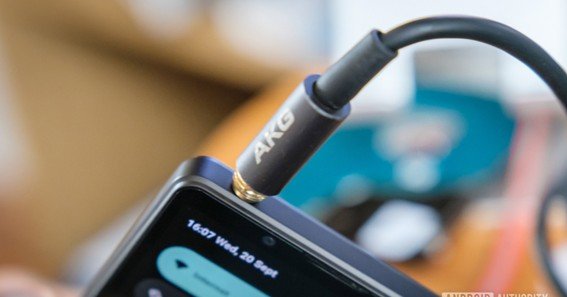In today’s rapidly evolving tech landscape, the transition from traditional 3.5mm headphone jacks to USB-C ports on modern smartphones and tablets has left many users seeking effective solutions to connect their existing audio accessories. The USB-C to 3.5mm adapter has emerged as a vital accessory, enabling the use of standard headphones with newer devices.
Why the Shift from 3.5mm to USB-C?
Manufacturers have been phasing out the 3.5mm headphone jack to achieve sleeker designs, enhance water and dust resistance, and allocate internal space for advanced components. This shift has led to the adoption of USB-C ports, which offer versatile functionalities, including audio transmission, charging, and data transfer.
Types of USB-C to 3.5mm Adapters
Understanding the two primary types of USB-C to 3.5mm adapters is crucial for compatibility and optimal performance:
- Active Adapters: Equipped with a built-in Digital-to-Analog Converter (DAC), these adapters convert digital audio signals from the device into analog signals for headphones. They are generally compatible with a wide range of devices, including those that output digital audio through the USB-C port. For instance, Apple’s USB-C to 3.5 mm Headphone Jack Adapter is a popular active adapter.
- Passive Adapters: Lacking an internal DAC, these adapters rely on the device’s native ability to output analog audio through the USB-C port. They are suitable only for devices that support analog audio output via USB-C. It’s important to note that passive adapters may not function with devices that exclusively output digital audio.
Key Considerations When Choosing an Adapter
- Device Compatibility: Ensure that your device supports the type of adapter you select. Active adapters with built-in DACs offer broader compatibility, especially with devices that output digital audio. For example, Samsung’s USB-C to 3.5mm Headphone Jack Adapter is designed for devices like the Galaxy Note10 and Note10+.
- Audio Quality: Active adapters with high-quality DACs can deliver superior audio performance, making them preferable for audiophiles seeking optimal sound reproduction.
- Build Quality: Opt for adapters constructed with durable materials to withstand regular use and minimize signal interference.
FAQ
- Will any USB-C to 3.5mm adapter work with my device?Not necessarily. Compatibility depends on whether your device outputs digital or analog audio through the USB-C port. Active adapters with built-in DACs offer broader compatibility.
- Do active adapters provide better sound quality than passive ones?Active adapters can offer superior sound quality due to their integrated DACs, which handle audio conversion more effectively.
- Why doesn’t my passive adapter work with my smartphone?Your smartphone may output digital audio through the USB-C port, requiring an active adapter with a built-in DAC for proper audio conversion.
- Are USB-C to 3.5mm adapters universal across all devices?While many adapters are designed for broad compatibility, it’s essential to verify that the adapter matches your device’s audio output specifications.
- Can I use a USB-C to 3.5mm adapter for microphone input?Yes, many USB-C to 3.5mm adapters support both audio output and microphone input, but it’s advisable to check the adapter’s specifications to confirm this functionality.
In conclusion, selecting the appropriate USB-C to 3.5mm adapter involves understanding your device’s audio output capabilities and choosing an adapter that meets your audio quality and durability requirements. By considering these factors, you can seamlessly integrate your traditional audio accessories with modern USB-C devices.










